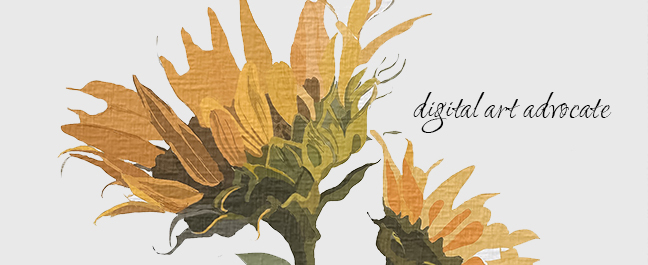The Glitter in Omnivalence
 Friday, October 31, 2008 at 05:19AM
Friday, October 31, 2008 at 05:19AM 
May the Light of the World continue to overlay the rust of my life and once more transform ruin into vibrant glitter.
I recently explored a word: Omnivalence. In doing so I came across a writer, John Briggs, of Western Connecticut State University, whose writing made me feel like I had found a pool of water after a tremendous thirst. His article entitled "Nuance and Omnivalence in the Creative Mind" has me thinking about creativity, curiosity, persistence and the search for truth. It is the stuff of brilliant glitter.
The concept of omnivalence is hard to define. Rather than actually define the term, Briggs seems to compare the term to ambivalence to thrash out its meaning and significance to the creative process. It is something like the mandorla where light and dark overlap:
"Evidently, contradictory feelings which we might be inclined to identify as conflictual ambivalence, are, on closer examination, something else. Such feelings seem to be experienced by creators not as ambivalent conflict, but as possibilities, potentials, mystery, openness. Omnivalence might be a better term, from the Latin omni, meaning 'affects all things,' and related to ops 'wealth,' plus valence or 'strength.' (Briggs & McCluskey, 1989). When omnivalence occurs there is an emotion-perception-cognition of a powerful, global wealth in the moment, a wealth in which there may be many different, even contrary, elements, each equally strong but all fundamentally indistinguishable from each other so that even the contrary elements are really a single effect eliciting an impression that somehow 'all of it,'(omni) 'the whole world,' is in this moment. We might associate the creator's experience of omnivalence both with a feeling of multi-valence and omni-presence. It is similar in some ways to ambivalence but quite unlike it as well because in ambivalence the psyche is divided between two states of mind competing for dominance. In omnivalence there is only one encompassing state containing somehow many states overlapped and not in competition....."
Briggs says of perhaps the greatest creative genius in modern history:
"In 1953, Albert Einstein, the quintessential genius, declared that 'I know quite certainly that I myself have no special talent' beyond 'curiosity, obsession, and dogged endurance...' (Greenberg, 1979, p. 216). Einstein's assertion challenges a central myth about creative genius - that it is inborn talent. Taken together with a story Einstein told on this 74th birthday, it also offers a window into an alternative explanation for the activity of high-level creative work."
Curiosity, obsession, and dogged endurance. Wow. I like that. Finally I have found someone with whom I agree, and, lo, it is Einstein himself! He argues against the myth - which I think is born of snobbery and limitation - that creativity is inborn or a product of madness, replacing the myth with a practical explanation that the creative endeavour is one born of curiosity, obsession, and dogged endurance. I have long known that any creativity I exhibit is born of a great deal of hard work that I cannot help but perform when the impulse hits. The impulse, the muse, the curiosity that must be satisfied, the spirit that will not be quinched, a determination that can be pretty irritating. I could go on.
Einstein told a story of a curiosity he experience when he was five years old and sick in bed. His father brought him a magnetic compass. He was bewitched by the needle that turned north no matter what. This curiosity surrounding the compass "stimulated the young Einstein to the realization that 'something deeply hidden had to be behind things' (Clark, 1971, p. 29), and was a factor that led Einstein "to work on relativity involving paradoxes connected with the electromagnetic waves of light traveling through a putative invisible ether..." Who would ever suspect that a compass given as a toy combined with a child's curiosity would lead to the exploration of "hidden variables" operating behind quantum theory.
Creative persons know that hidden variables operate behind everything, to include the human heart and mind. Only when we are willing to quit "knowing" and explore those hidden variables are we willing to step up to a creative exchange of fantasy for the brilliant glitter of truth. To me this is illumination. We ask for illumination, but I'm not sure we really want it because it can hurt so bad while it hurts so good. Whichever way it hurts, it does thrill. But this craving curiosity has to be great enough to overpower fear or we will stay in the fantasy of darkness through lies, laziness and psychological defenses that numb and destroy us bit by bit over time.
Instead...may the Light of the World continue to overlay the rust of my life and once more transform ruin into vibrant glitter.
 Creativity
Creativity 



